Why Has Rohit Sharma Been Removed as India ODI Captain
Rohit Sharma has been one of Indian cricket’s most successful captains, known for his calm leadership and tactical brilliance. But in October 2025, the BCCI made a major announcement that surprised fans across the nation—Rohit Sharma was removed as India’s ODI captain, and Shubman Gill was named as his replacement. The decision came shortly after Rohit led India to a Champions Trophy win, sparking widespread curiosity and debate. Why did this happen? Let’s break down the facts behind this major change in Indian cricket.
The Official Decision
On October 4, 2025, the BCCI confirmed that Shubman Gill would replace Rohit Sharma as the ODI captain for the upcoming Australia series. Interestingly, both Rohit and Virat Kohli were retained in the ODI squad, showing that the decision was about leadership transition rather than performance-based exclusion. Chief selector Ajit Agarkar stated that the change was part of a long-term plan for Indian cricket. According to him, the team needed to think about the next ODI World Cup cycle, and it was essential to give a younger leader enough time to adapt to the role.
Long-Term Planning and the 2027 ODI World Cup
One of the primary reasons for removing Rohit Sharma was long-term planning. India will play relatively few ODIs over the next two years, and the 2027 World Cup is still a while away. To prepare adequately, the BCCI wanted to hand over the leadership now, allowing Gill to gain experience before the tournament. Agarkar explained that even if India hadn’t won the Champions Trophy, the transition would still have taken place because the management wanted to start early with a new captain.
Avoiding Multiple Captains Across Formats
Another key reason for this decision is the management’s desire to have a more consistent leadership structure. Over the past few years, India has had different captains in Tests, ODIs, and T20Is. Agarkar mentioned that managing multiple captains across formats was proving impractical. Since Rohit had already stepped away from T20I and Test captaincy, keeping him as ODI captain didn’t align with the team’s broader vision. The selectors wanted a leader like Shubman Gill, who could potentially lead across formats for years to come.
Rohit Sharma’s Age and Workload Management
At 38 years old, Rohit Sharma is still one of the fittest cricketers around, but age and workload naturally become considerations. Over the past couple of seasons, he has had to manage minor injuries and workload challenges. The selectors are mindful that playing and leading across intense international schedules can be draining. They felt that now was the right time to reduce the burden on Rohit while maintaining his presence as a senior batter and mentor in the dressing room.
Shubman Gill’s Rise and the Youth Emphasis
Shubman Gill’s rapid rise in international cricket made him a natural candidate for leadership. Already seen as the face of India’s next generation, Gill has been consistent across formats and recently took over the Test captaincy as well. The BCCI clearly sees him as a long-term investment who can guide Indian cricket through its next phase. Giving him the ODI captaincy aligns with the board’s goal to promote youth while ensuring stability and continuity in leadership.
No Fallout or Controversy Behind the Move
Contrary to social media speculation, Rohit Sharma’s removal wasn’t due to any fallout with the BCCI or the management. Reports suggest that Rohit was informed about the decision well in advance, and he took it sportingly. Agarkar described it as a “difficult but necessary” call, emphasizing that the change was purely strategic. Both Rohit and Gill were seen training together soon after the announcement, indicating a healthy atmosphere within the team.
Performance Was Not the Reason
It’s important to clarify that this decision had nothing to do with Rohit Sharma’s performance. Under his leadership, India won the Champions Trophy in early 2025 and reached the finals of several major tournaments. His form with the bat has remained consistent, and he continues to be one of India’s most dependable openers. The BCCI’s focus, however, was on long-term development rather than short-term achievements.
What This Means for Rohit Sharma
Even though Rohit has been removed as captain, he remains an integral part of the ODI squad. His experience, calmness, and match-winning ability make him a vital asset, especially as a mentor to younger players. Going forward, his role will likely shift toward guiding the next generation while continuing to contribute as a senior batter. This phase of his career could define his legacy as both a player and a leader who put the team’s future first.
Shubman Gill’s Big Test
For Shubman Gill, this appointment marks the biggest challenge of his career so far. Leading India in ODIs will test his tactical awareness, man-management skills, and temperament under pressure. However, with players like Rohit and Kohli still in the squad, Gill will have the invaluable guidance of two of India’s greatest modern cricketers. If he succeeds, India could finally have a stable all-format leader after years of transition.
The Future of Indian Cricket
This captaincy change reflects the BCCI’s focus on building a sustainable team structure for the future. By handing leadership responsibilities to younger players early, the management hopes to create a squad that peaks around the 2027 World Cup. The decision also sends a message that Indian cricket values long-term vision over sentiment. While it marks the end of an era for Rohit Sharma’s captaincy, it also opens a promising chapter led by a new generation of talent.
Conclusion
Rohit Sharma’s removal as India’s ODI captain is less about performance and more about planning for the future. The BCCI, under Ajit Agarkar’s guidance, made a tough but forward-looking decision to hand over the reins to Shubman Gill. It reflects a broader vision to prepare early for the next World Cup and ensure leadership continuity. Rohit’s legacy as one of India’s most successful captains remains intact, and his contribution to the team is far from over. As Indian cricket moves into a new era, fans can expect an exciting blend of experience and youthful energy leading the way forward.
Also Read: Virat Kohli’s Net Worth Will Blow Your Mind!
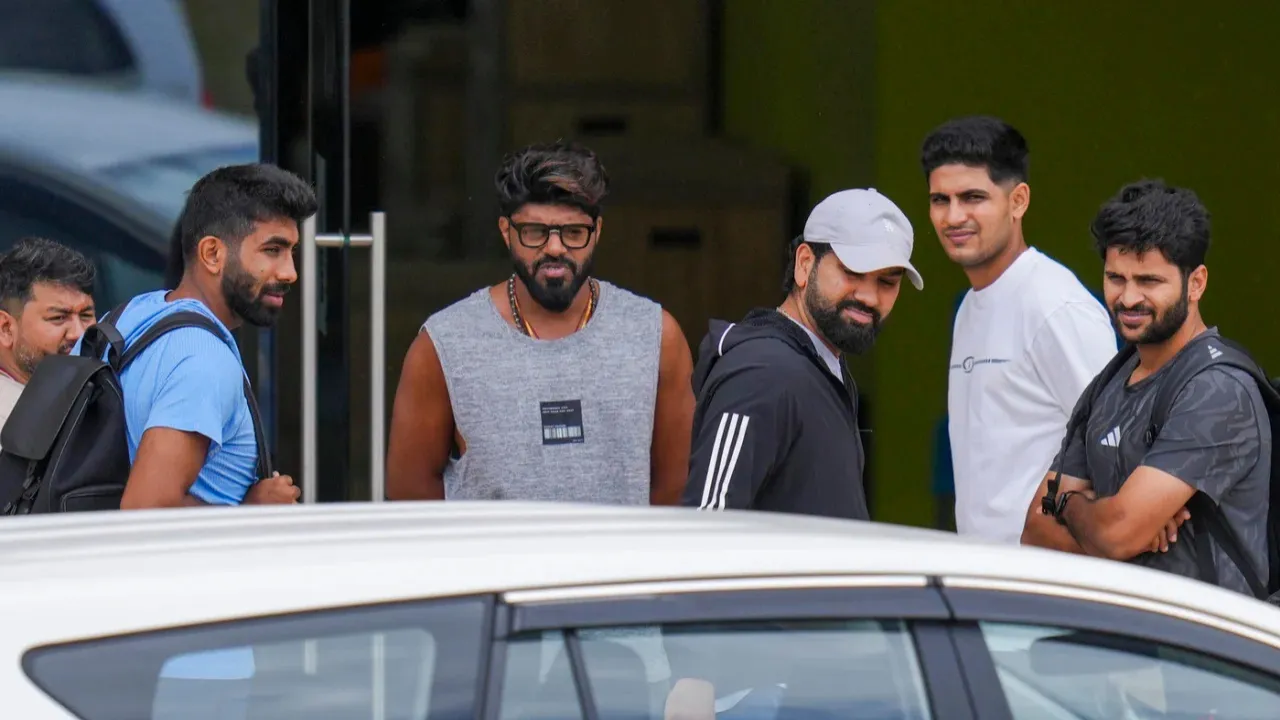




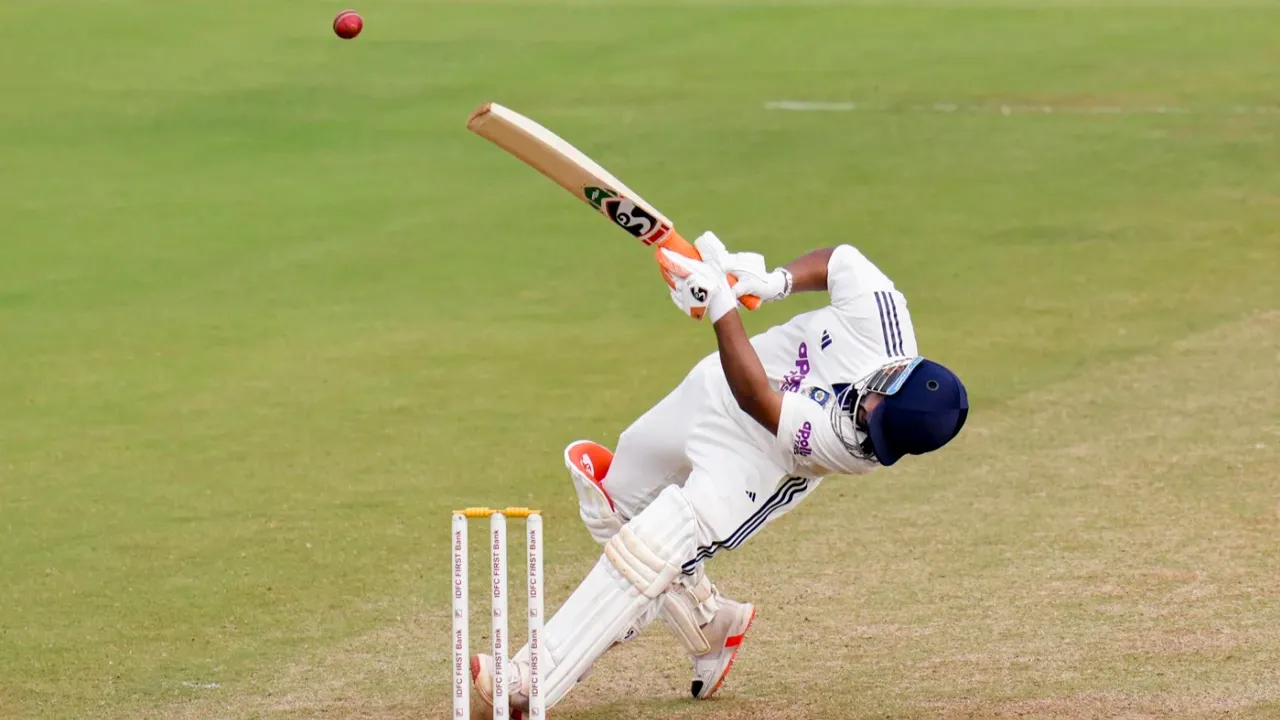
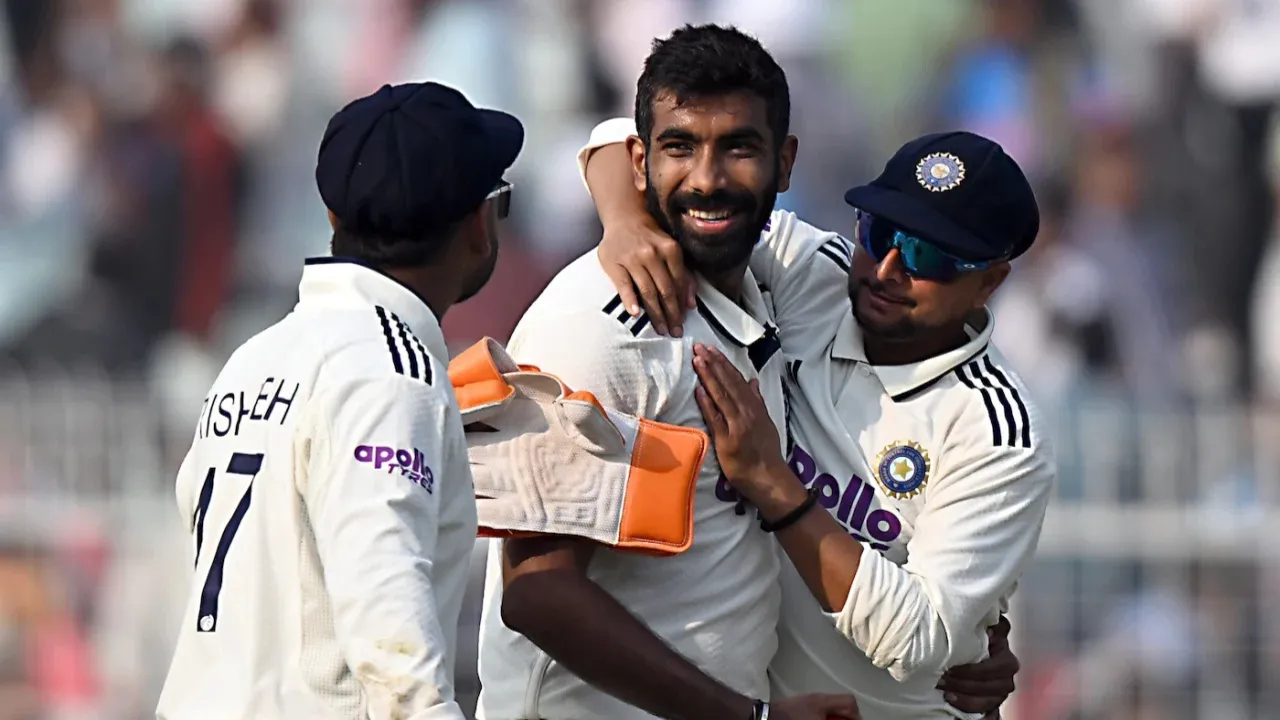

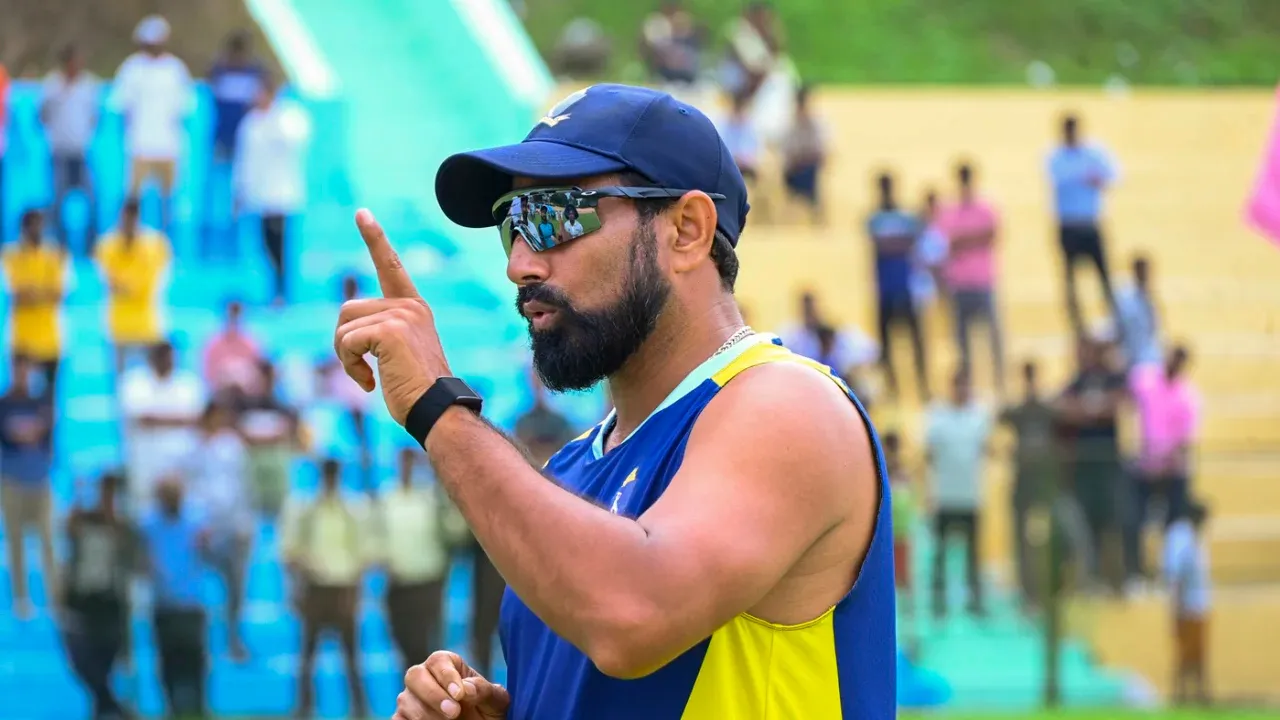
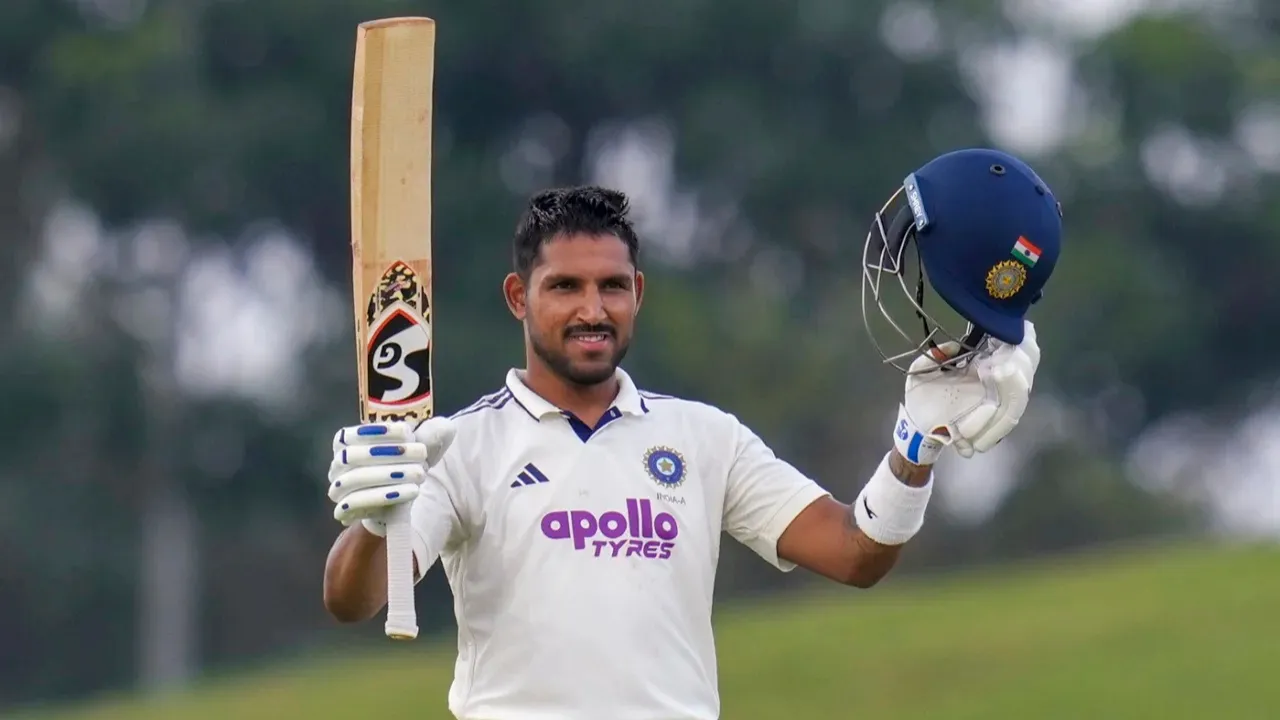


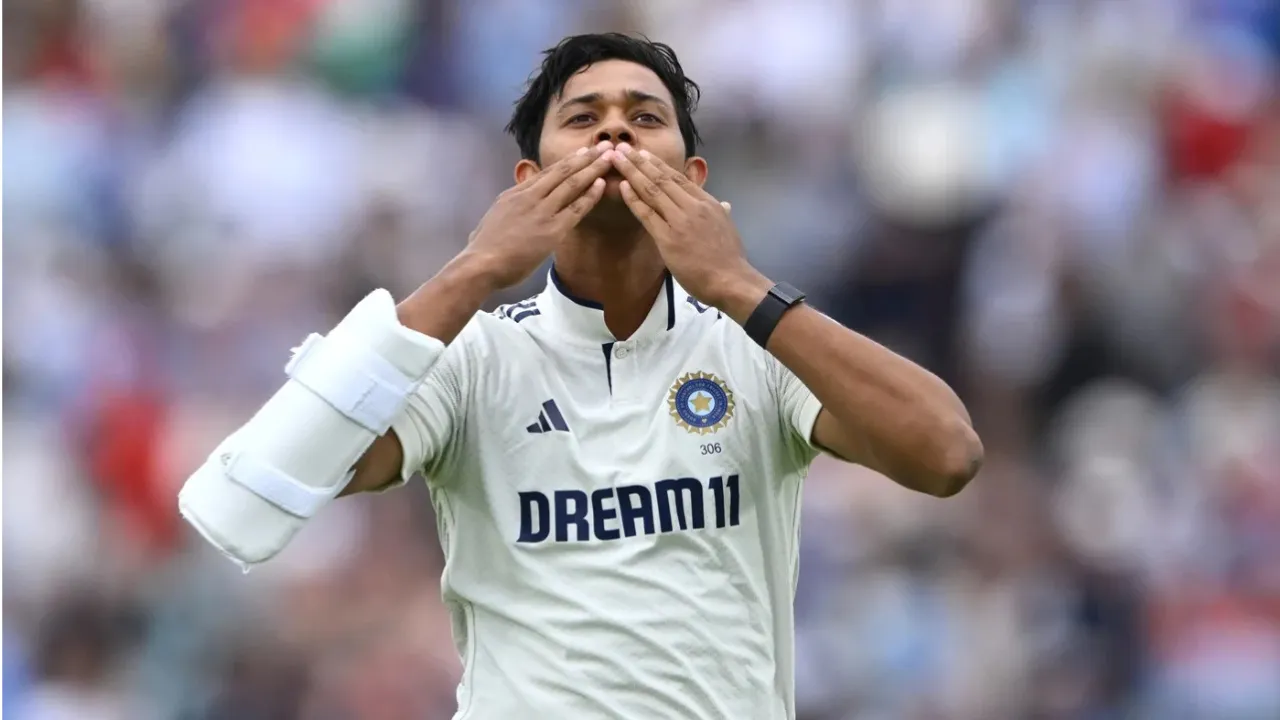


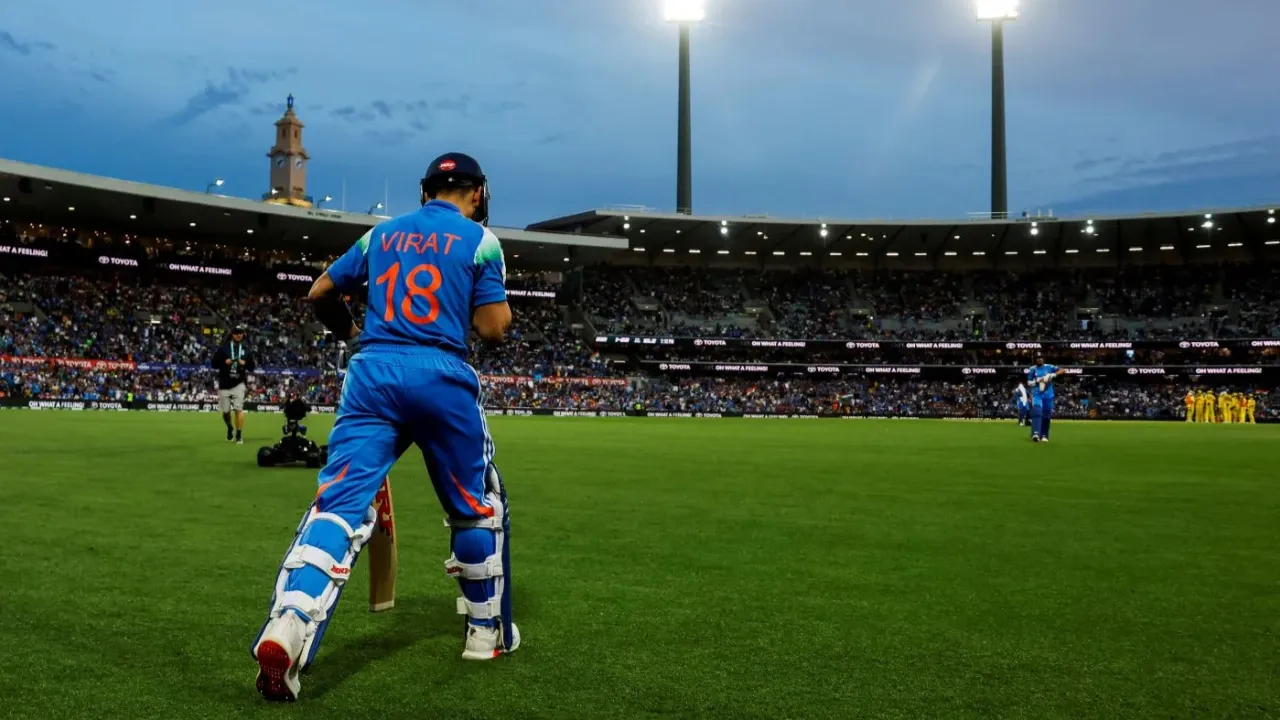
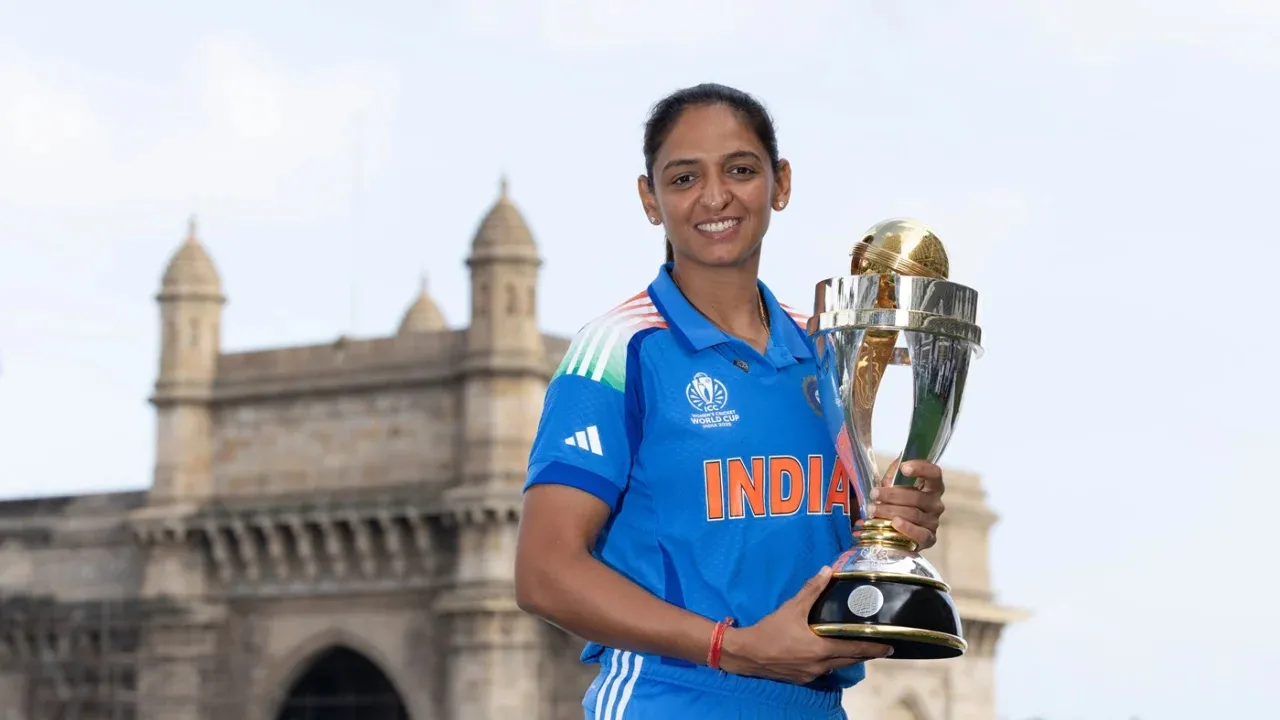
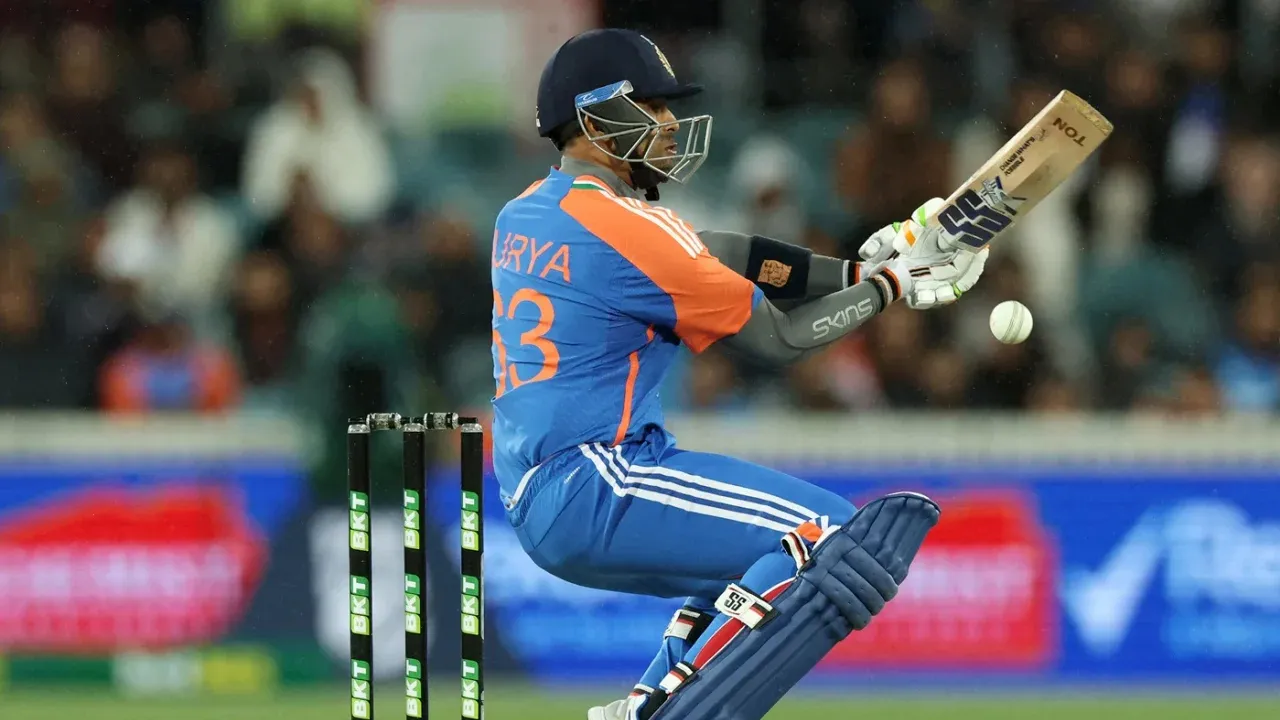
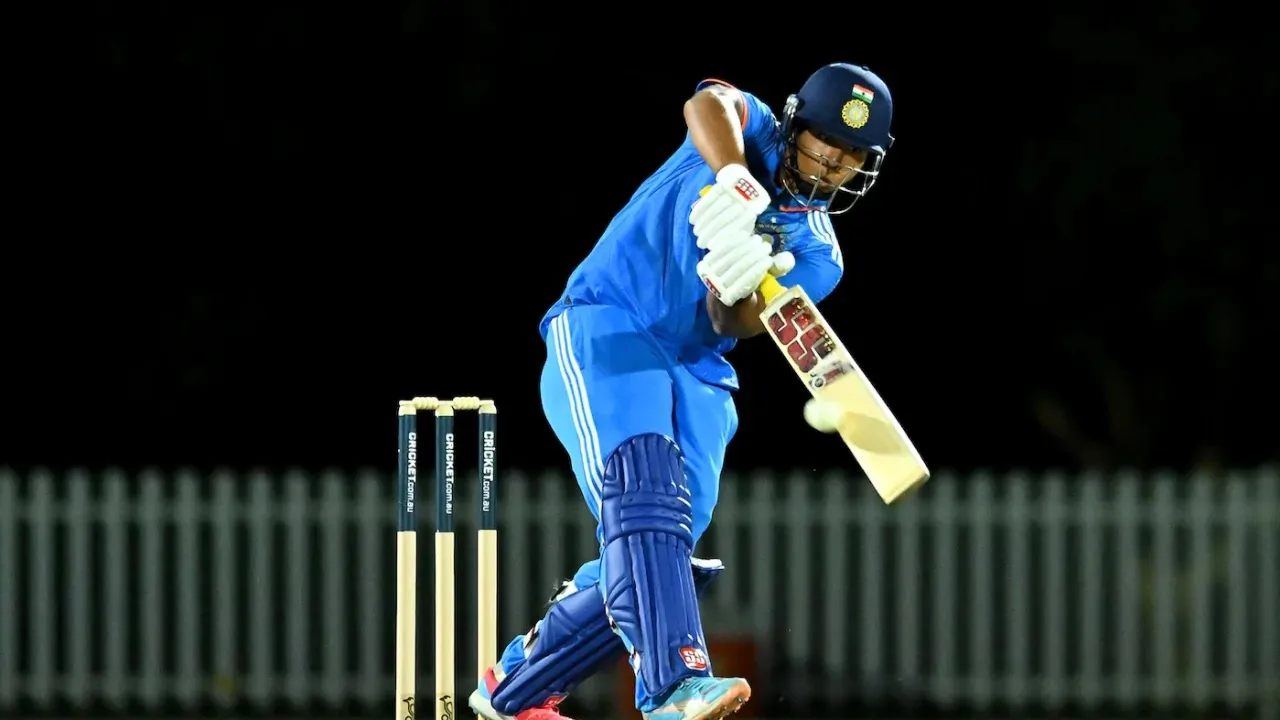
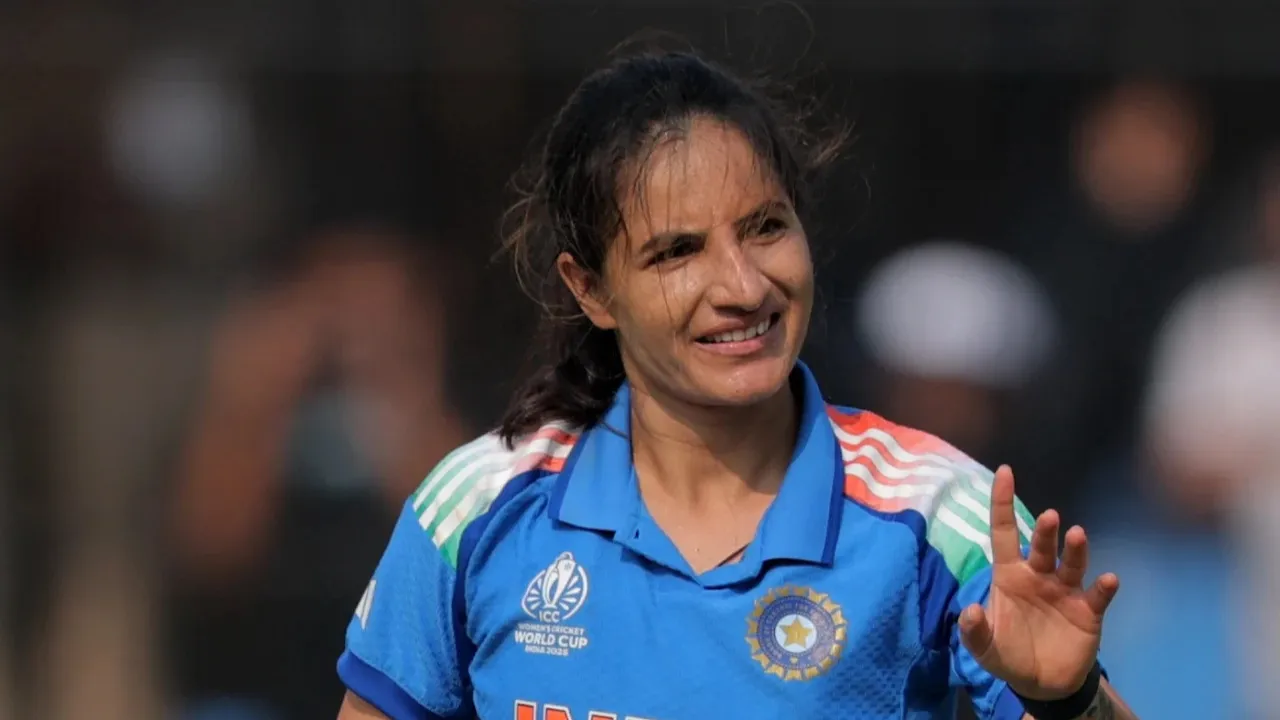
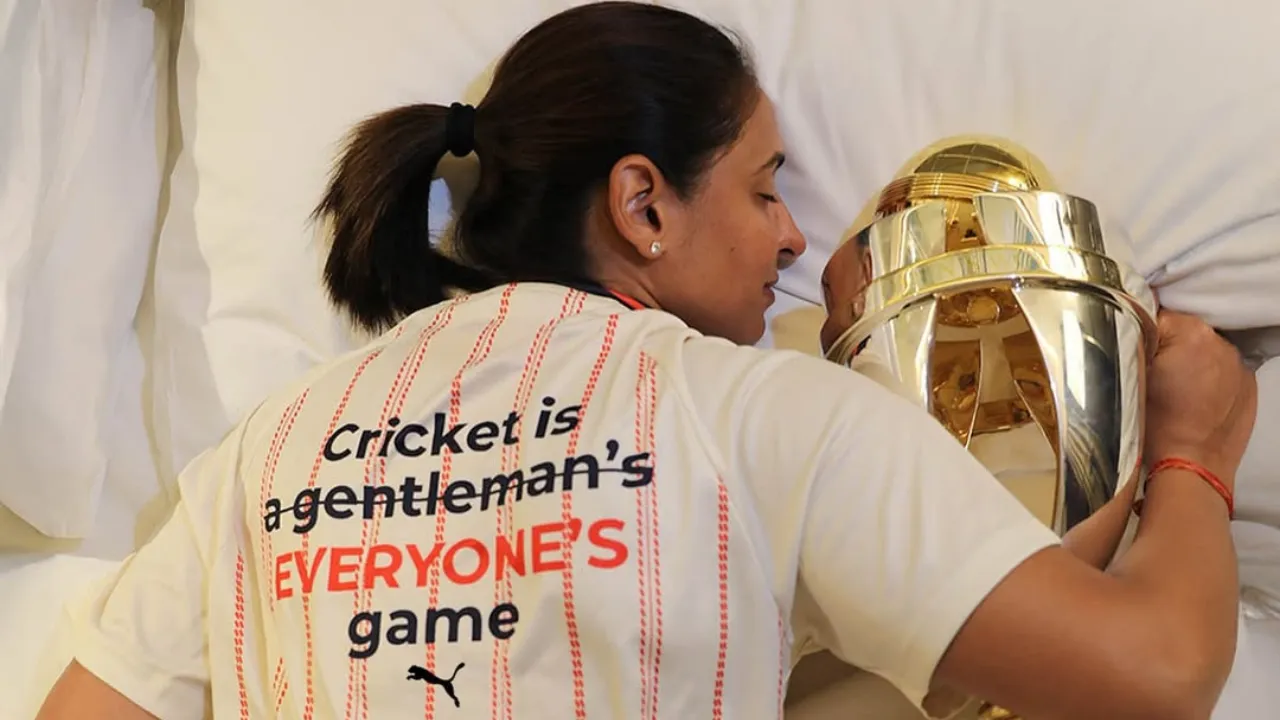
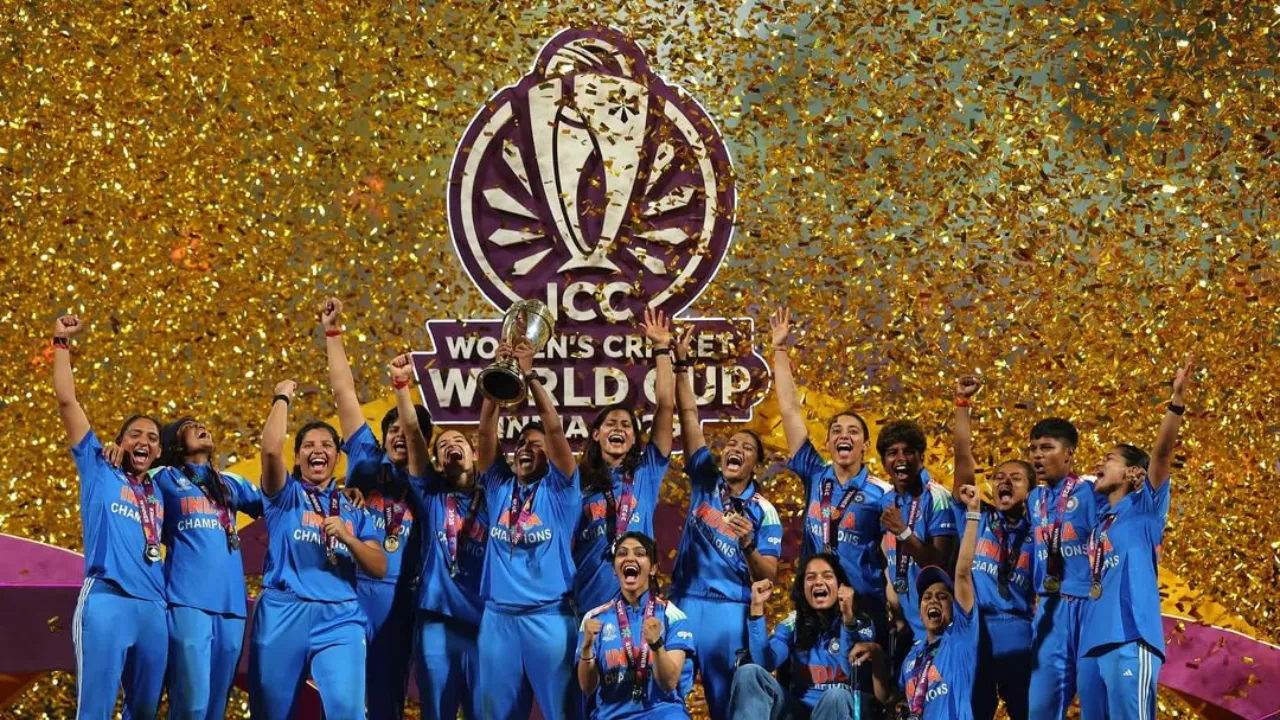
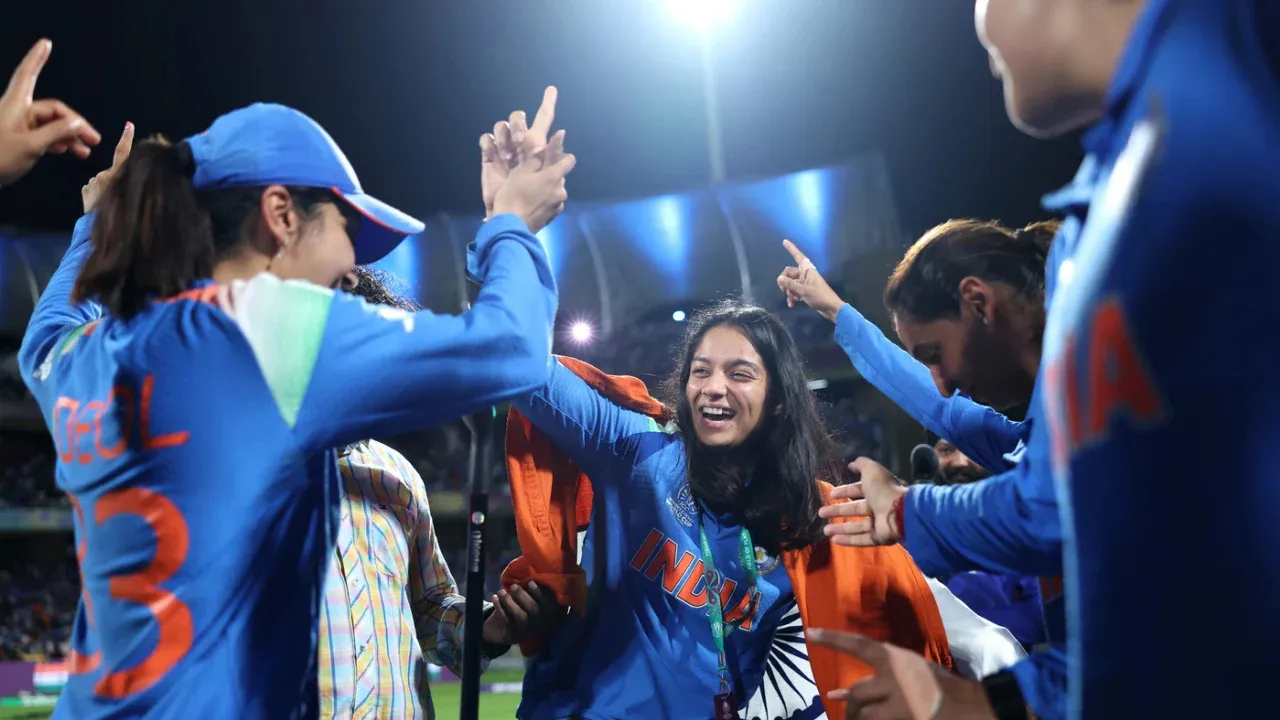
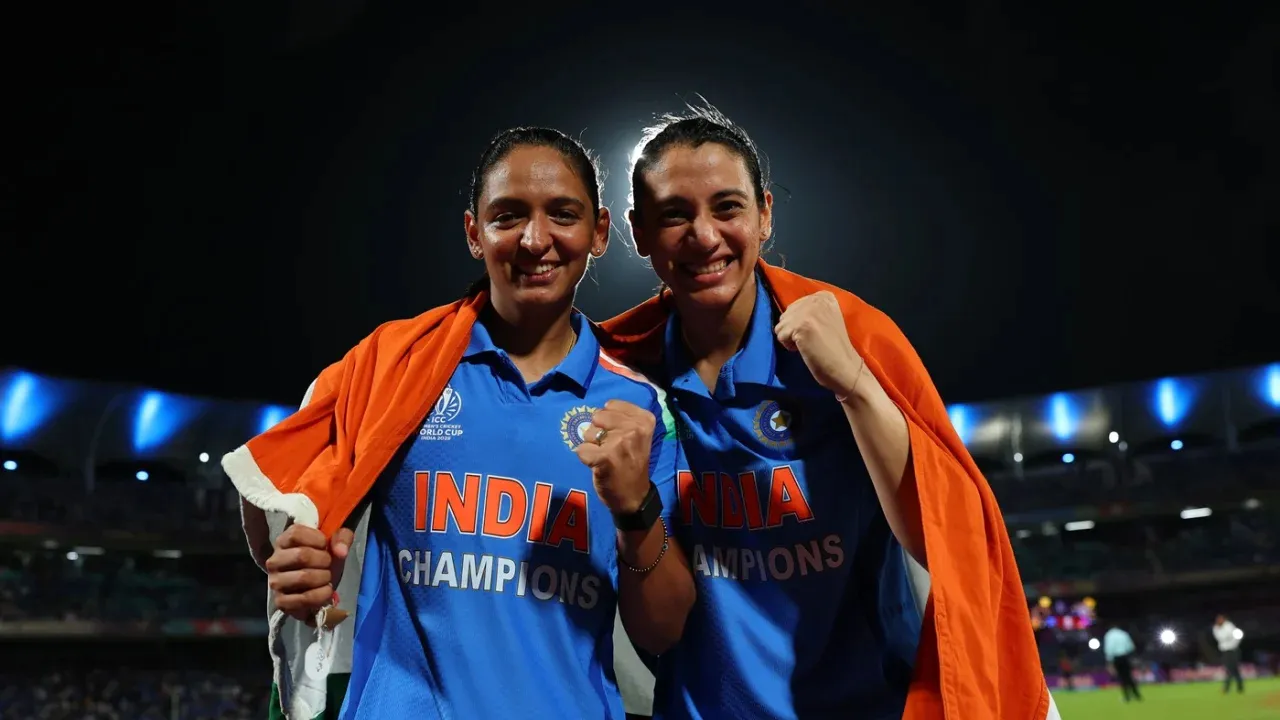


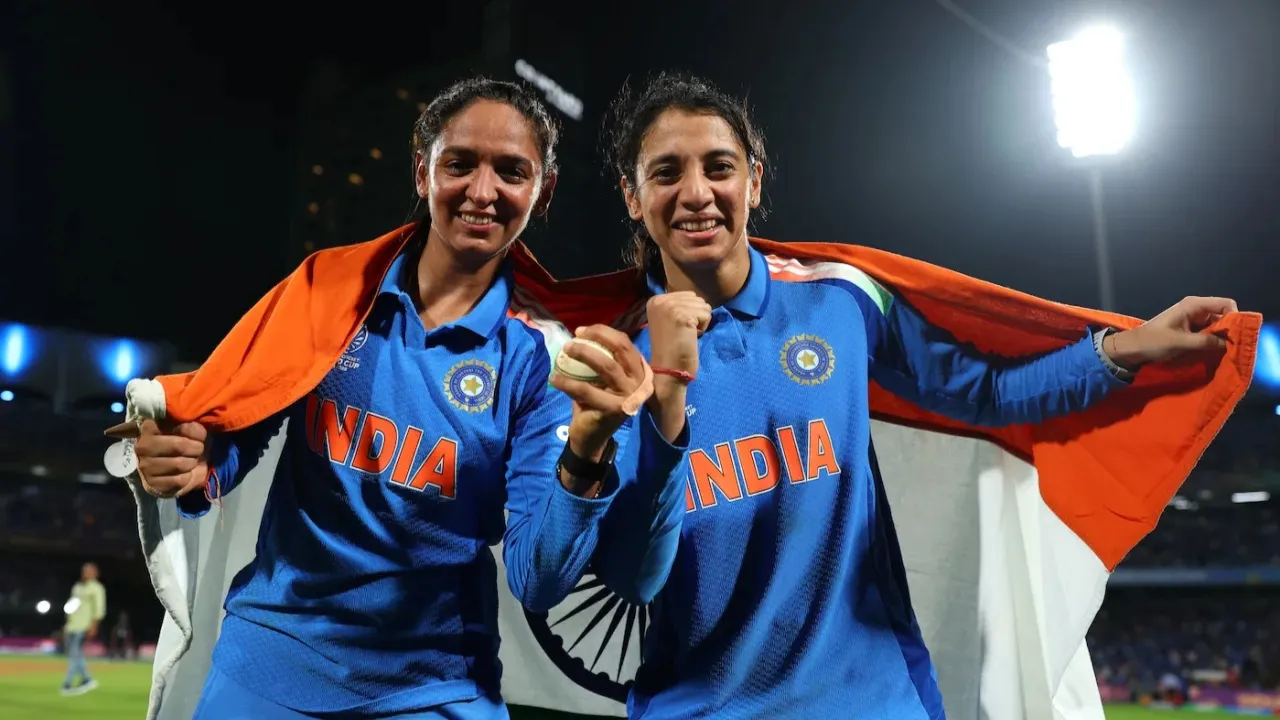
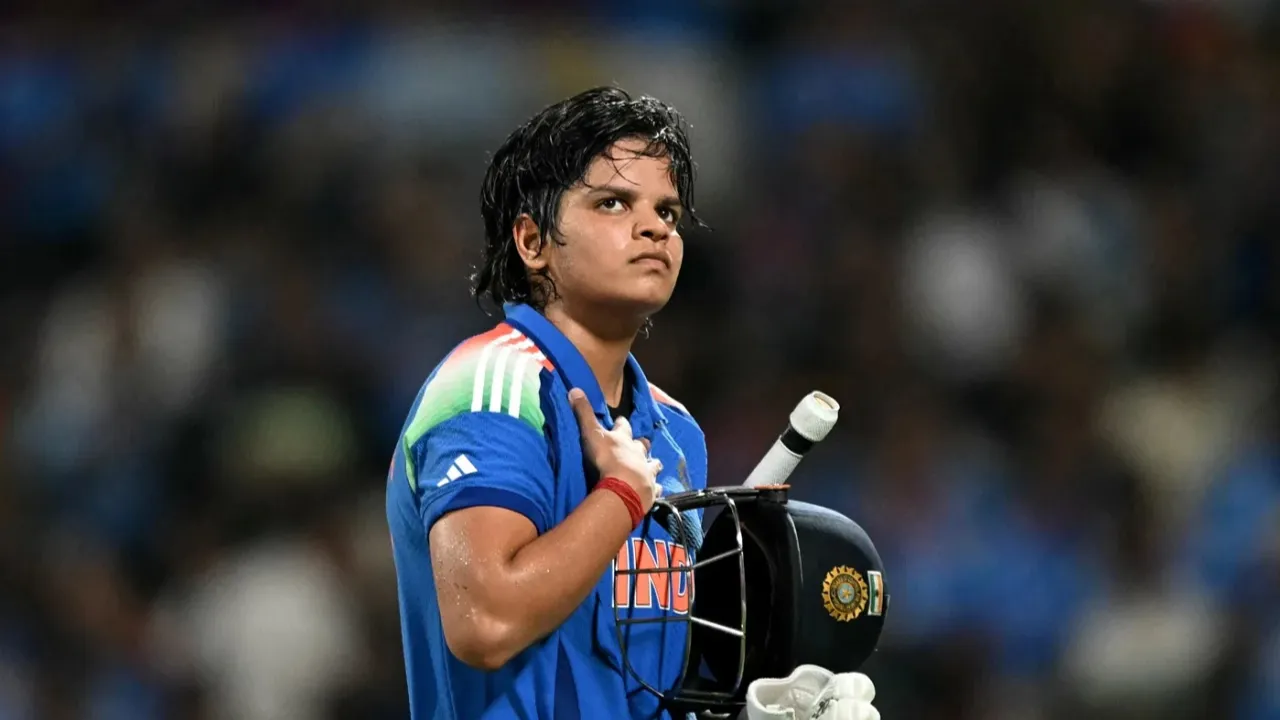
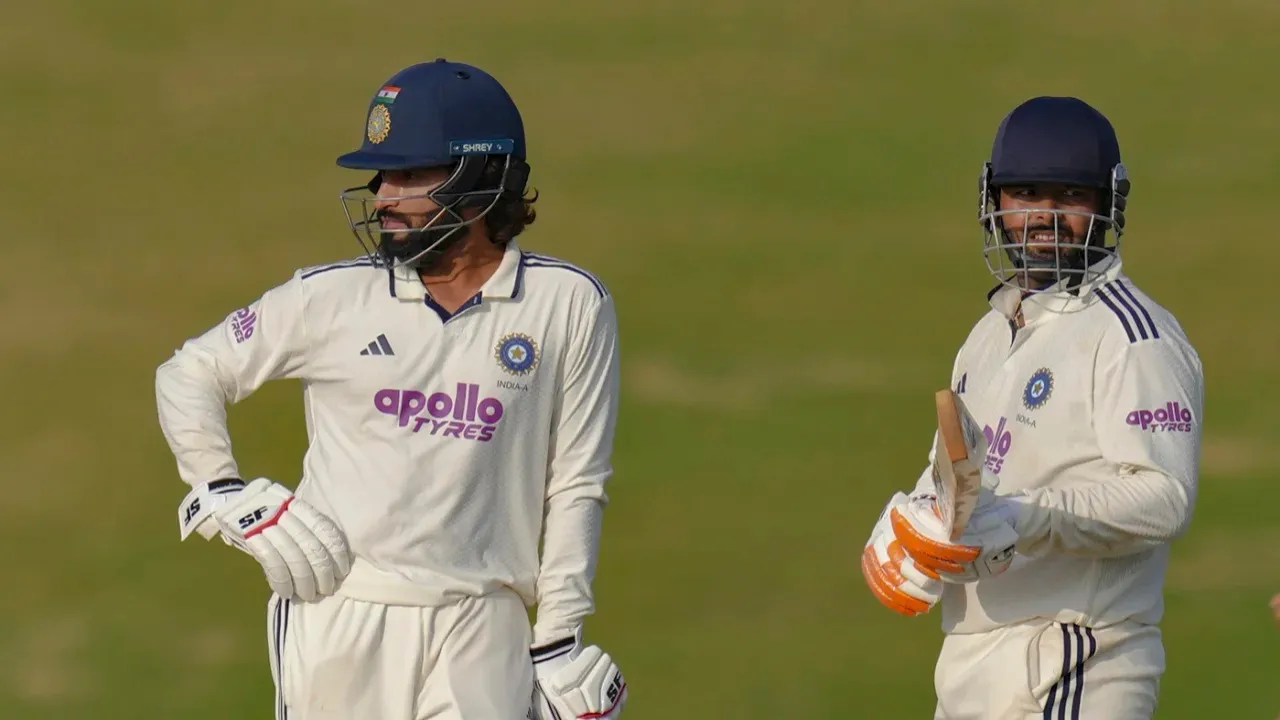
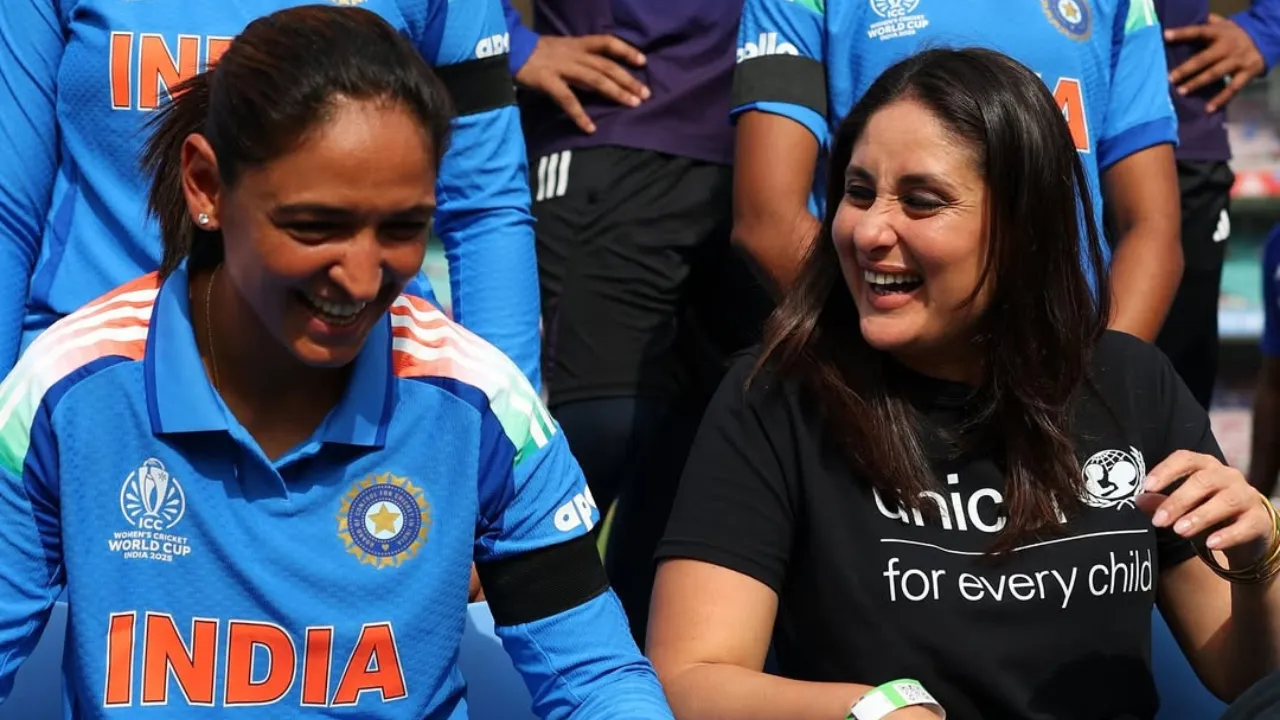
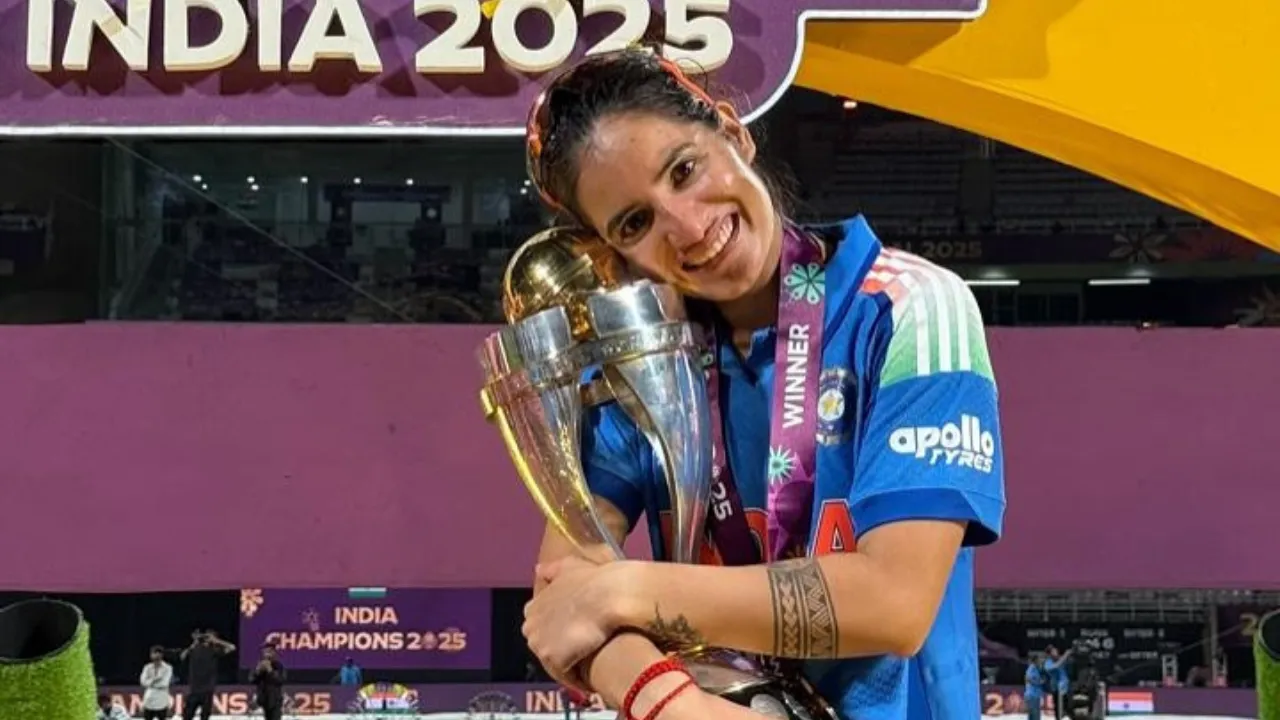
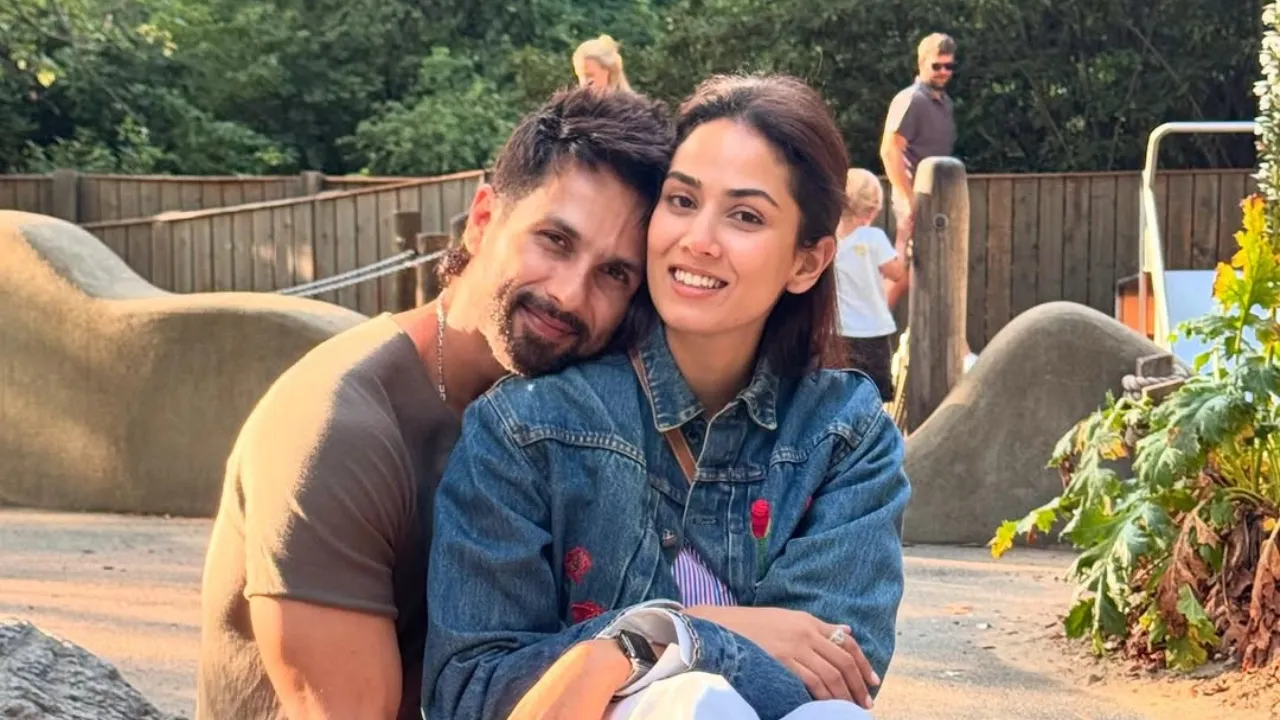





“You can’t do that after 10 balls”: Kumble slams Rishabh Pant’s dismissal